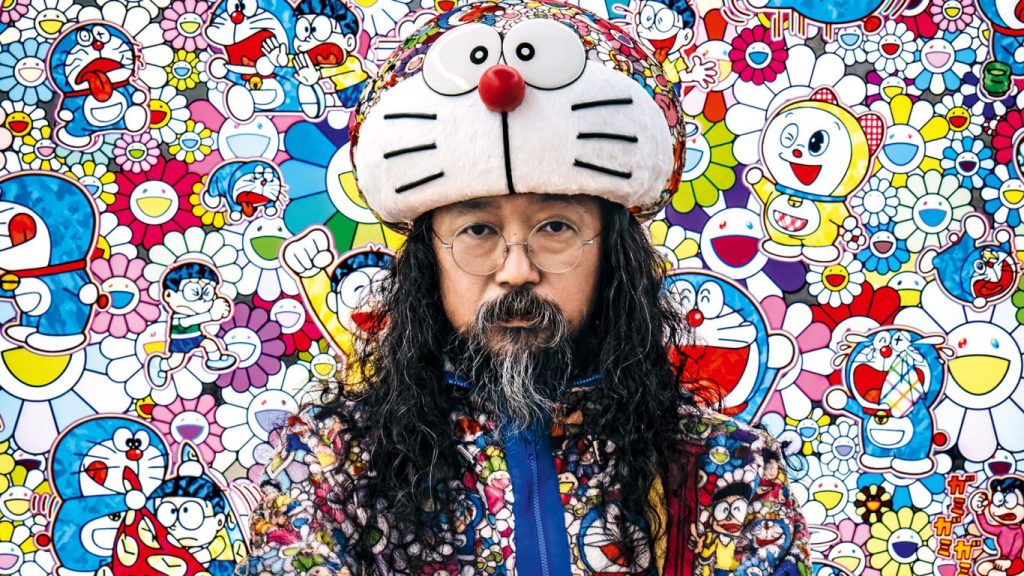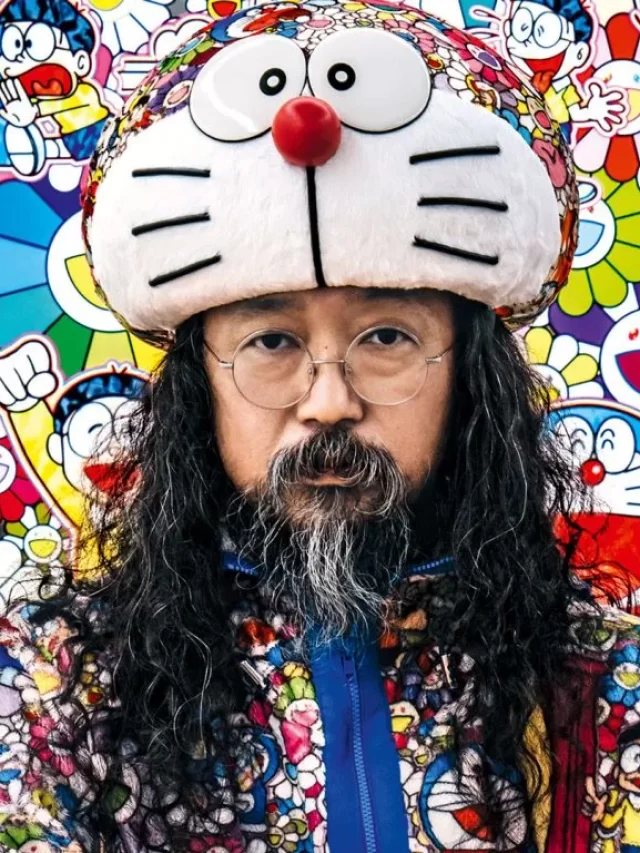Pop art is one of the few styles in art history that has successfully encapsulated the spirit and imagination of modern living. Pop art changed how we view and engage with art, redefining the lines between fine art, mass media, and high and low culture. It first appeared in the 1950s and peaked in the turbulent 1960s. Pop artists and painters, whose colourful paintings captured the pulse of a world changing quickly, were at the centre of this movement.
In 1950, pop art first appeared in Britain. It gained popularity in the US in the 1960s before expanding to Italy, Japan, and other nations. It removed art from the high altar, erased the line between art and life, and increased art’s affinity while decreasing its mystique and obscure nature. It talks about pop culture and pop art’s demand from the public in the context of modern multiculturalism. Pop art, a standard, popular, and commercial art style, has subtly affected several design disciplines. It highlights curiosity and a rebellious mentality, which influences the diverse evolution of design.
Pop art, however, was more than just a show of visuals; it was a phenomenon of culture that reflected the advance of mass media, the cult of celebrity, and the rise of consumerism. The essence of pop art continues to enthral and excite audiences worldwide, inspiring everything from street art to fashion, advertising, and digital media. It serves as a constant reminder of the ability of art to reflect, critique, and transform the world in which we live.
Why, What is Pop Art?
Pop art first appeared during the post-World War II boom in consumer culture. Artists such as Andy Warhol, Roy Lichtenstein, and others portrayed commonplace items, well-known people, and commercials, illustrating the widespread impact of consumerism on society. Pop art subverted the rules of traditional art by fusing elements of mass media and popular culture with fine art. This democratized art by erasing barriers between high and low culture, increasing its relevance and accessibility to a broader audience.
Pop artists challenged ideas of authenticity and uniqueness in art using mass-produced imagery and screen-printing methods. They questioned the conventional notion of the artist as a lone genius and emphasized how mass production shapes modern life. Pop art frequently examined celebrity culture, consumerism, identity, and mass media saturation. Artists made commentary on media’s influence on both individual and collective awareness, as well as on values and cultural conventions, through their works.
Pop art has influenced many modern forms, such as advertising, graphic design, street art, and fashion. Its vivid colours, striking images, and exploitation of pop culture continue to serve as an inspiration to designers and artists around the globe. Pop art reflected its universal resonance and significance by emerging concurrently in the United States, Britain, and Japan, among other places worldwide. Even while each nation approached pop art differently, they were all interested in questioning artistic norms and interacting with modern culture.
Andy Warhol
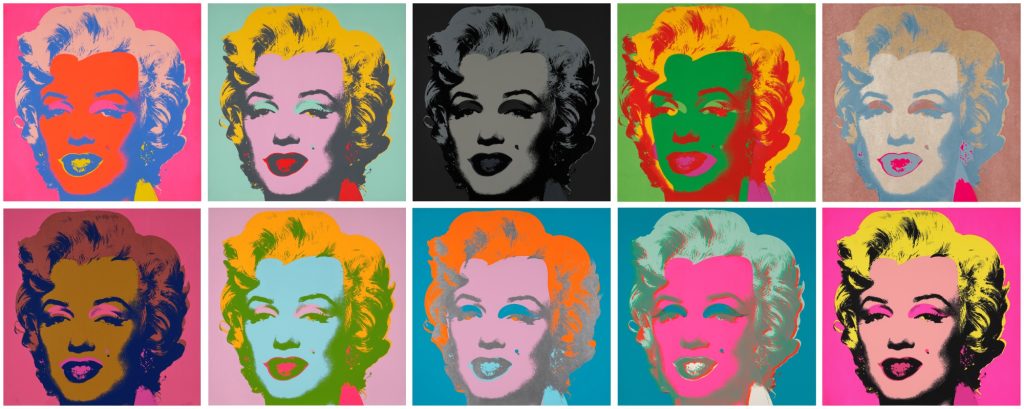
Courtesy: Sothebys
Pop artist and pioneer of the visual art movement Andy Warhol gained notoriety for combining advertising, pop culture, and the spirit of the times with art. The artist’s works investigate the relationship between advertising, artistic expression, and the celebrity culture of the 1960s. His paintings demonstrate how far ahead of his time he was, spanning a variety of media such as painting, silk-screening, photography, film, and sculpture. His mass-produced paintings of Campbell’s soup cans made him most famous, even though he created hundreds of other pieces, including movies and commercial ads. His most famous inventions, such as the soup cans, reflected his views on the tedium he found in American consumerism.
Keith Haring
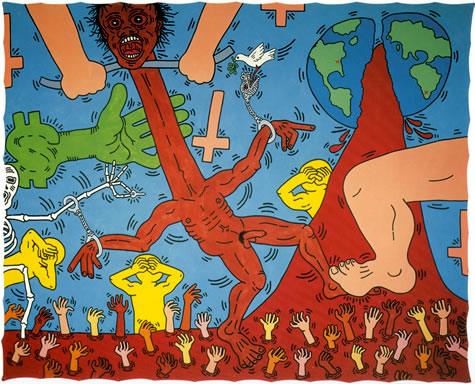
Courtesy: Keith Haring Foundation
Renowned American artist Keith Haring, whose roots are in the 1980s NYC graffiti scene, is known for his iconic, socially and politically significant pop art. His work, distinguished by its dynamic imagery, evolved into a visual language. By including references to sex in his artwork, Haring promoted safe sex practices and raised awareness of AIDS. Among the critical national and international exhibitions he participated in was the Whitney Biennial. In addition, he created a great deal of public art, such as colourful murals and subway art. In 1986, he established the Pop Shop, which expanded his popularity as an artist.
Takashi Murakami
Japanese modern artist Takashi Murakami is well-known for his pop art-inspired creations. He has been dubbed “Japanese Warhol” and is among Japan’s most prominent and successful contemporary artists. Murakami is renowned for his vivid, lighthearted, and frequently cartoonish works and for erasing distinctions between excellent and bad art. He has worked with many brands and celebrities, such as Kanye West and Louis Vuitton, to create artwork for movies, fashion, and music. His sculpture “Flower Matango” brought in $15.1 million at auction in 2008, making him one of the most successful modern artists in terms of sales.
Jeff Koons
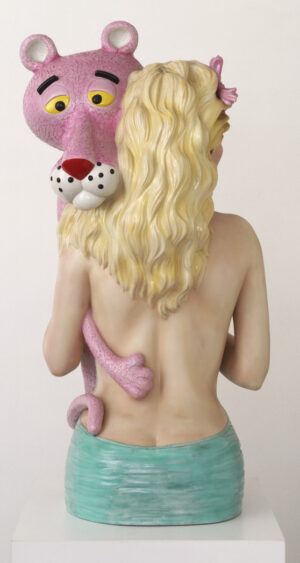
Jeff Koons is one of the most well-known and contentious artists of the modern era. He’s been dubbed “the most successful artist after Warhol” and the “King of Kitsch.” While some people laugh at his artwork, others enjoy it. Whether or not you appreciate Jeff Koons’ artwork, his brand is well-established. Because of his partnerships with companies like Louis Vuitton and Lady Gaga, he has also impacted the music and fashion industries. Ideas of artifice and subjects from popular culture dominated Koons’ artwork.
David Hockney
English artist David Hockney is a stage designer, photographer, printer, and draftsman. He is regarded as one of the most influential British artists of the 20th century for his crucial role in the pop art movement of the 1960s. He is well-known for his vibrant Yorkshire landscapes, iconic Californian swimming pools, and photographs of his closest friends and family. Though not a pop artist, Hockney is frequently called British Pop Art. Though this is limited to his work from the 1990s, he has been linked to cubism. To put it concisely, David Hockney is a modern painter, an artist in the most total and purest sense of the word.
Roy Lichtenstein
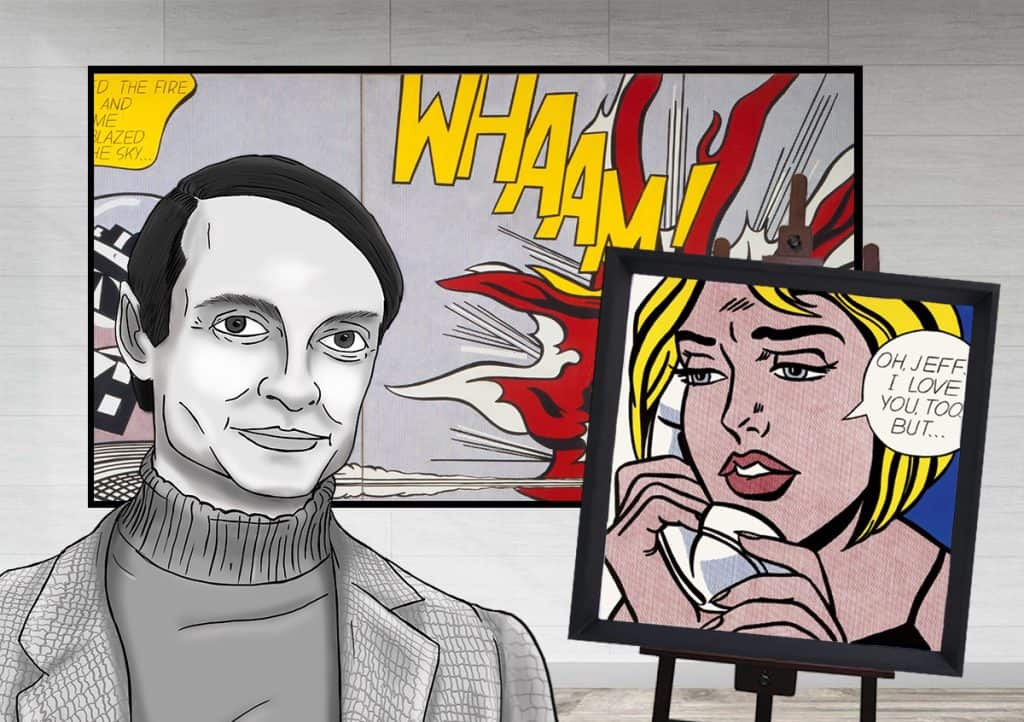
Courtesy- The ArtStory
American pop artist Roy Lichtenstein (1923–1997) was well-known for his unique style, which imitated the industrial processes used in commercial printing. After attending Ohio State University to study painting, the New York City native Lichtenstein enlisted in the Army during World War II. He returned to school after the war, eventually graduating with a Master of Fine Arts and beginning to teach at Ohio State University. When Lichtenstein started experimenting with comic book-inspired images in the early 1960s, he made a breakthrough using methods like Ben-Day dots, firm edges, and primary colours. He frequently used comic strip panels to inspire his paintings, turning them into massive works.
Jasper Johns
American painter, sculptor, and printmaker Jasper Johns was born on May 15, 1930. He is commonly linked to the Pop Art movement despite his tendency to defy easy classification within specific artistic movements. Johns was born in Augusta, Georgia, raised in South Carolina, and then moved to New York City in the early 1950s after completing a brief degree at the University of South Carolina.
Johns became well-known for his avant-garde paintings of everyday objects like letters, numbers, flags, and targets. Through his work, audiences are invited to reevaluate the relevance and meaning of commonplace items and symbols, challenging conventional ideas of representation and symbolism. His “Flag” (1954–1955) painting, a vivid and abstract representation of the American flag, is one of his most well-known works of art.
Richard Hamilton
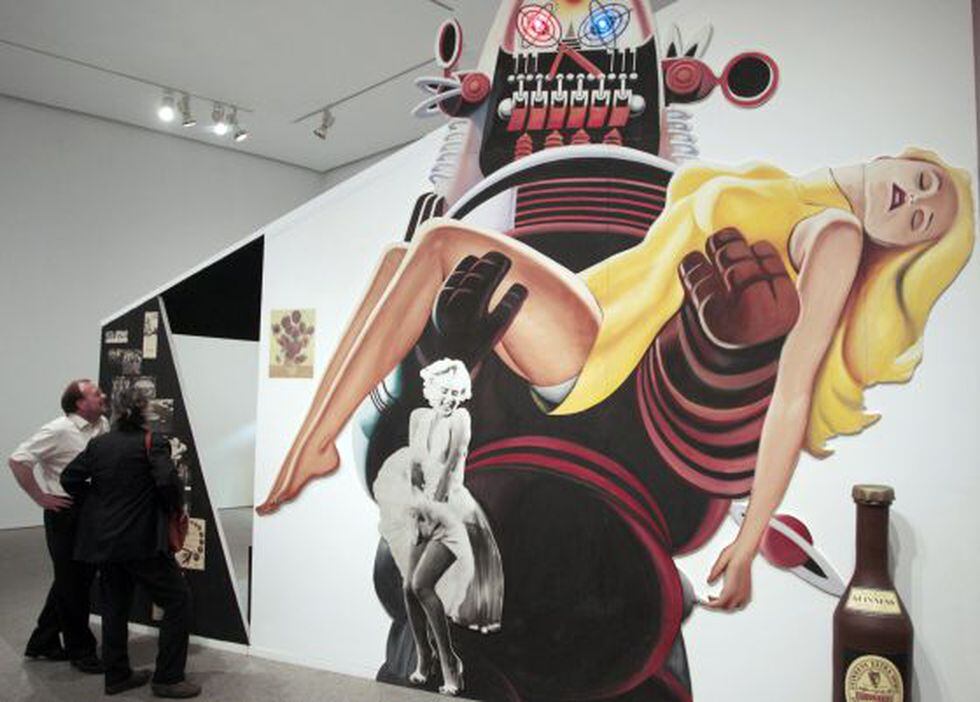
British painter and collage artist Richard Hamilton (1922–2011) is frequently recognized as one of the forerunners of the Pop Art movement. Hamilton, a London native, attended the Slade School of Fine Art and the Royal Academy of Arts. He started creating conventionally but quickly became interested in avant-garde movements such as Dadaism and Surrealism. Considered one of the first examples of Pop Art, Hamilton’s groundbreaking collage piece “Just What is it that Makes Today’s Homes so Different, So Appealing?” (1956) brought him global notoriety. This collage criticizes the post-war era’s emerging consumer culture by contrasting images of bodybuilders, celebrities, and consumer goods.
Robert Rauschenberg
Robert Rauschenberg, a well-known American artist, contributed to the pop art movement that gained enormous traction in the 1960s. His artistic contributions are widely acknowledged. The most identifiable features of Rauschenberg’s art are his unconventional techniques, the everyday objects he depicts, and his unconventional attitude. This is regarded as his unique and hallmark style. Robert Rauschenberg’s paintings, sculptures, and prints explore the relationship between everyday objects and fine art.
On October 22, 1925, Robert Rauschenberg was born in Port Arthur, Texas. Robert Rauschenberg was an influential American avant-garde painter and multi-disciplinary artist, perhaps best known for his mixed-media piece “Combines.” He pioneered conceptual and technological advancements in painting, assemblage, and numerous other disciplines from the late 1950s until the early 1970s.
Jim Dine
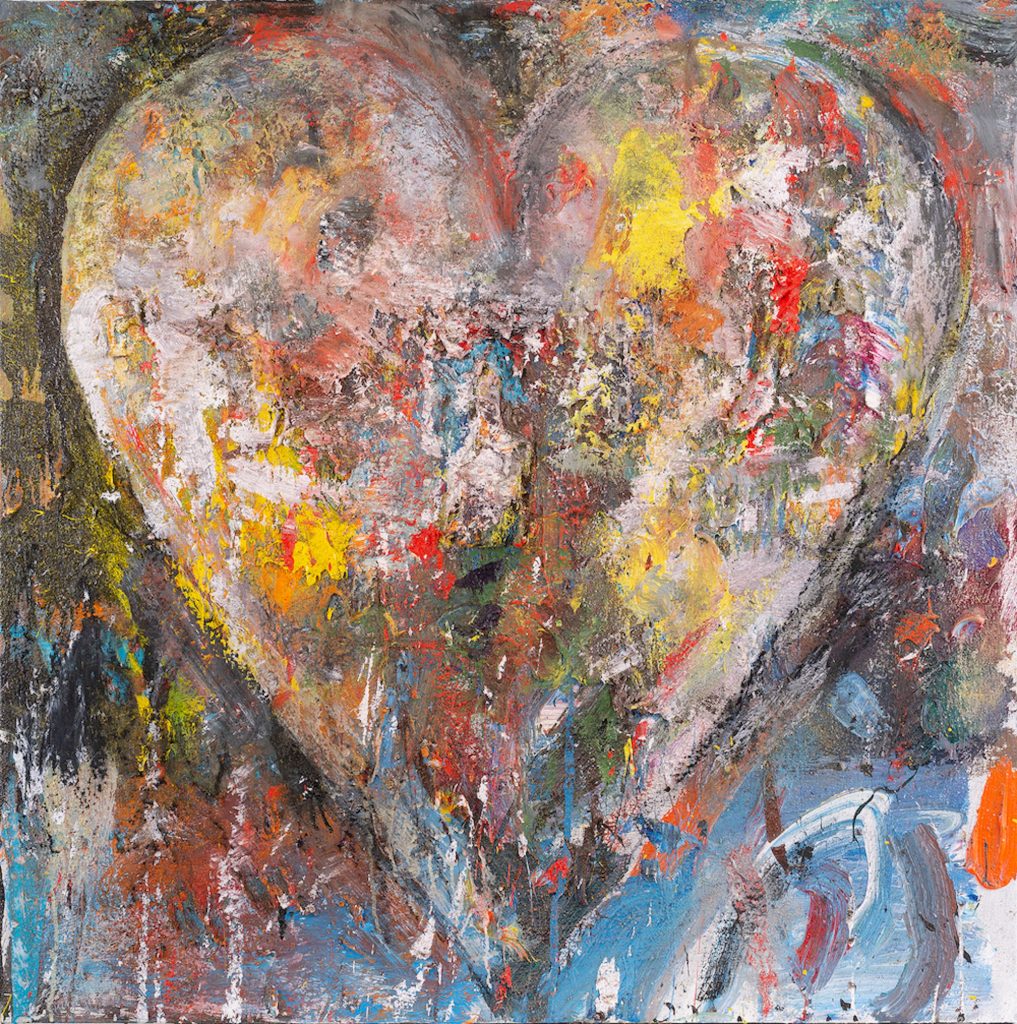
American artist Jim Dine was born on June 16, 1935, and is most known for his work in the Pop Art movement. However, he also created other creative movements like Neo-Dadaism and Abstract Expressionism. Dine, who was up in Cincinnati, Ohio, attended the Boston Museum School and the University of Cincinnati. Alongside Andy Warhol and Roy Lichtenstein, he became well-known in the late 1950s and early 1960s as a pioneer of Pop Art.
In his early paintings, Dine frequently included commonplace items like clothing, tools, and domestic items, which he depicted vividly and expressively. He regularly explored human emotion, memory, and personal identity through sculpture, painting, drawing, and printmaking techniques.
Claes Oldenburg
Swedish-American artist Claes Oldenburg was born on January 28, 1929, and is most recognized for his monumental sculptures of commonplace items. Oldenburg, born in Stockholm, Sweden, immigrated to the US as a child and studied at the Art Institute of Chicago and Yale University. Alongside painters like Andy Warhol and Roy Lichtenstein, he rose to prominence in the Pop Art movement of the 1960s.
Oldenburg frequently blurs the boundaries between art and daily life in his works, turning ordinary objects into whimsical and imposing sculptures. His sculptures, which feature colossal renditions of everyday objects like hamburgers, typewriters, and clothespins, prompt viewers to reevaluate the objects in their immediate environment by challenging their understanding of scale and context.
Robert Indiana
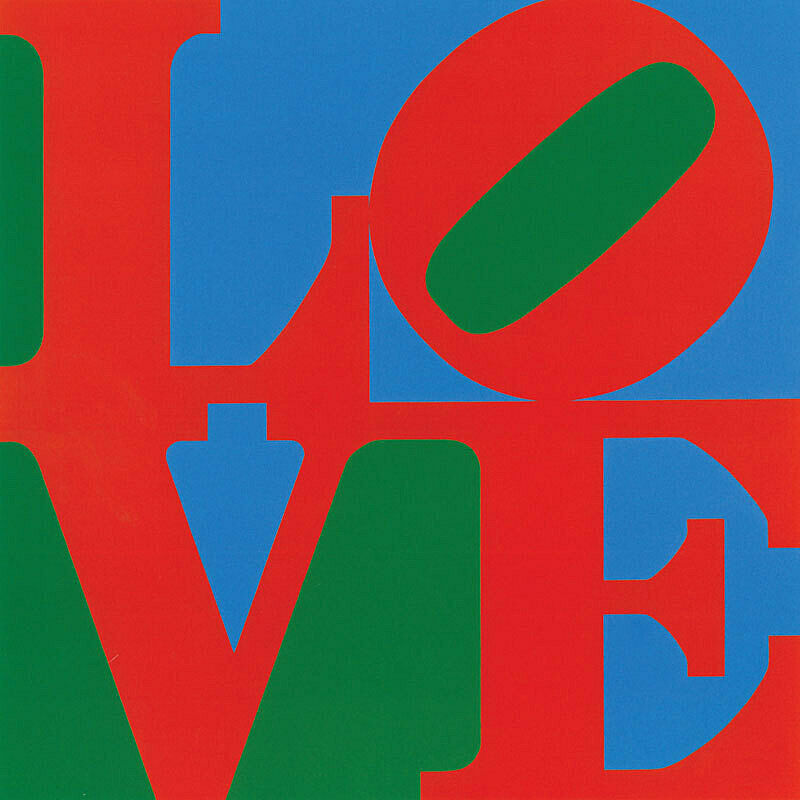
Born Robert Earl Clark in 1928, Robert Indiana is an American Pop artist best known for his famous LOVE paintings influenced by signs and logos. His work explored love on a spiritual level, which is not a common notion. After earning his BFA, he travelled to New York in 1954 and connected with prominent artists there. Eventually, his themes of LOVE and HOPE became public sculptures. 2013 saw the Whitney Museum’s retrospective. Indiana went away in 2018. Given that it is exhibited in esteemed establishments like the National Gallery, the Tate Gallery, and the Museum of Modern Art, his work has had a lasting impact on the art world.
James Rosenquist
American artist James Rosenquist (1933–2017) was renowned for his expansive paintings that combined aspects of surrealism, pop culture, and advertising. Born in Grand Forks, North Dakota, Rosenquist attended the Art Students League of New York and the University of Minnesota before becoming well-known as a critical player in the Pop Art movement in the 1960s. His experience as a commercial artist informed Rosenquist’s early work, and he briefly painted billboards in New York City. This event profoundly influenced his artistic approach, as he started to use commercial motifs and techniques in his paintings.
Peter Blake
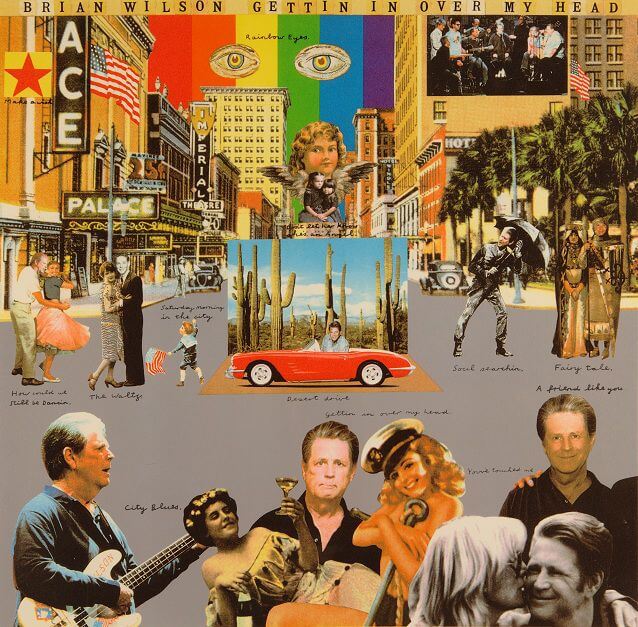
British pop artist Peter Blake was born on June 25, 1932. He is most recognized for his recognizable collage pieces and for helping to shape the British Pop Art movement in the 1950s and 1960s. Blake studied at the Royal College of Art in London, where he was exposed to various avant-garde movements and artistic approaches. Blake was born in Dartford, Kent, England. Blake became well-known for his collage pieces, frequently using elements of advertising, pop culture, and commonplace items. His 1967 cover artwork for The Beatles’ album “Sgt. Pepper’s Lonely Hearts Club Band” is his most well-known and one of the critical pieces that defines the Pop Art style. This well-known collage combines a variety of photos—celebrities, historical personalities, and cultural icons—into a colourful, dynamic arrangement.
Pauline Boty
British Pop Art movement artist Pauline Boty (1938–1966) is renowned for her vivid paintings and collages. Boty, who was up in South London, attended the Royal College of Art and Wimbledon School of Art, where she was one of the few female students enrolled in the painting program. Because of the frequent exploration of feminism, politics, and popular culture in her work, Boty was a trailblazer in the 1960s male-dominated art scene. She regularly blended imagery from movies, periodicals, and ads into her paintings to produce dynamic compositions that subverted conventional ideas of gender and sexuality.
Eduardo Paolozzi
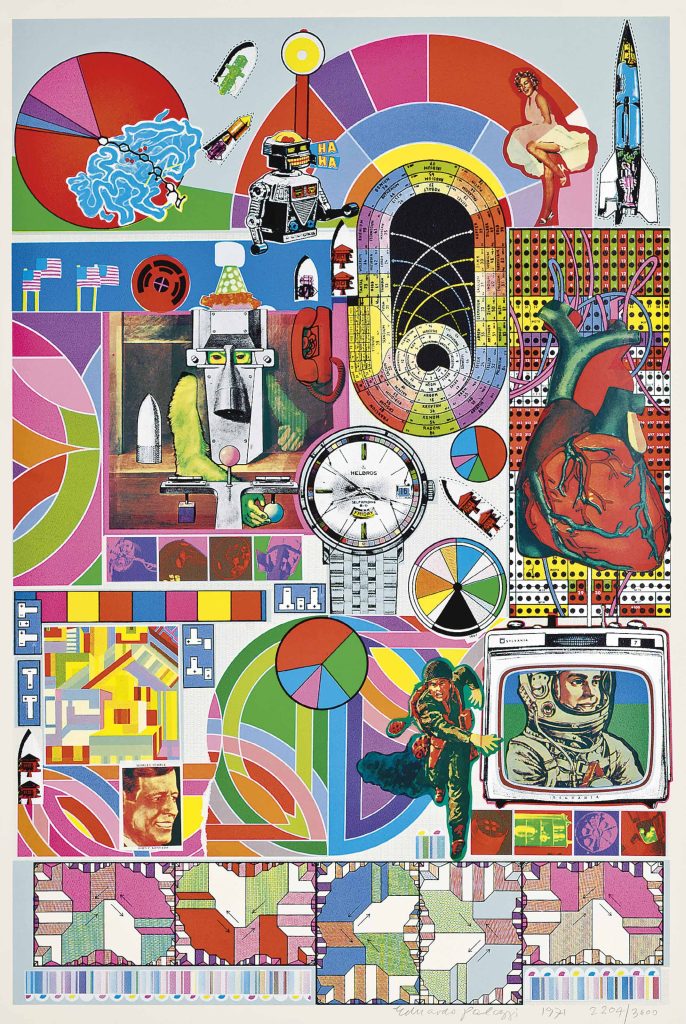
Scottish sculptor and artist Eduardo Paolozzi (1924–2005) is frequently recognized as one of the forerunners of the Pop Art movement. Paolozzi, raised in Leith, Edinburgh, attended the Edinburgh College of Art before attending the Slade School of Fine Art in London. Dadaism and Surrealism influenced his early works; in the 1950s, he became well-known for his innovative sculptures and collages. Paolozzi’s obsession with the visual language of contemporary life is seen in the frequent incorporation of consumer culture, technology, and mass media elements into his works of art. He was renowned for his creative use of materials and methods, such as printmaking, collage, and assemblage, which enabled him to produce lively and arresting artworks.
The development of pop art and the inventive contributions made by pop painters and artists have permanently altered contemporary art. Pop artists bravely explored consumer society, mass media, and everyday things, challenging conventional artistic rules. Andy Warhol, Roy Lichtenstein, and others were among them. They expanded the definition of what qualified as art.
Their vivid imagery, innovative graphic design, and criticism of mass manufacturing strike a chord with viewers worldwide, impacting not just the art world but also popular culture, advertising, and design. Upon contemplating the lasting impact of pop art, it is apparent that its importance stems from its creative accomplishments and capacity to encapsulate the essence of a revolutionary period, thereby stimulating imaginative expression in future generations.
Feature Image: gallerybarcelona.com

